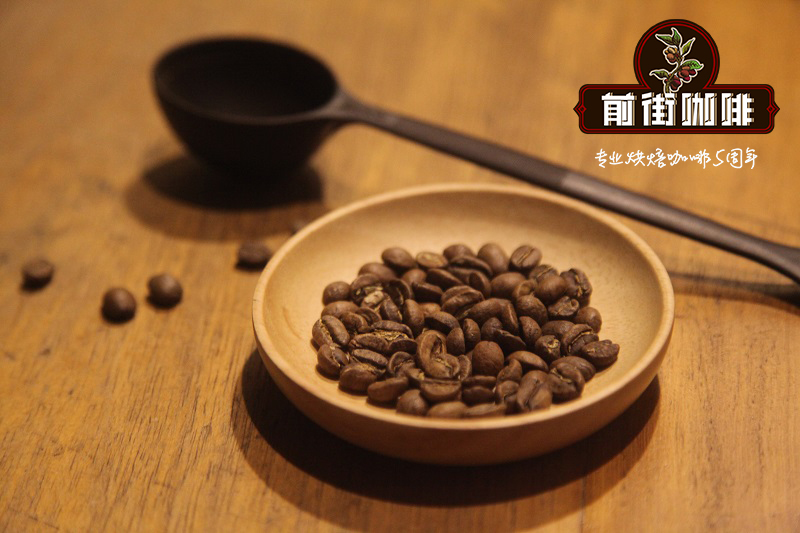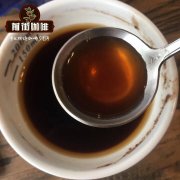Flavor description of honey-treated coffee beans description of honey-treated coffee beans

Professional coffee knowledge exchange more coffee bean information please follow the coffee workshop (Wechat official account cafe_style)
Different from the traditional water washing method, in the honey treatment method, all the flesh will be removed first, but an appropriate amount of pulp will be retained for fermentation, which can effectively reduce the acidity of the coffee. It will also make the coffee itself a taste of ripe fruit sweet, with a richer sweet taste. The advantage of honey-treated coffee beans is to enhance the Body and sweetness of coffee, relatively reduce its acidity, and the aroma will be more detailed, and the quality of raw beans can be the same as that of washing, but this is the taste when the honey-treated coffee beans are perfectly carried out, if not handled well, the flavor will be worse than water washing or sun drying, the taste will be dirty and have a strong local flavor.
Keeping the amount of pulp will affect the flavor of fermented raw beans. It is generally believed that honey-treated coffee beans can maintain higher sweetness and complex fermentation levels similar to those of full-sun dried beans, and have a better tail rhyme. The characteristics of honey treatment depend on the setting of the pulp scraping machine. The more pulp is retained, the more obvious the characteristics of honey treatment are. However, the production of honey to treat coffee requires a little risk, especially "black honey", because the more flesh is retained, the higher the risk of overfermentation, and the higher the sweetness of coffee beans. The main difference between [white honey] treatment and [yellow honey] treatment is the distinction of drying thickness, which determines the drying speed and drying uniformity, and then affects the sweetness and fermentation degree of coffee.
Juxtaposed with the two traditional treatment methods, water washing and sun treatment, honey treatment has become a unique method in coffee treatment. The taste difference between honey-treated coffee beans and water-washed coffee beans: higher sweetness, higher sugar content and higher alcohol thickness (on the premise of the same baking degree).
What is the honey treatment of failure?
Failed honey-treated coffee will have a strong defective sun flavor, similar to the rough sun-cured onion, durian, bean curd and, more seriously, alcohol potions. Normal honey-treated coffee has a mild sour taste. If it is sour enough to pout, it will also be a good product. The first thing about honey treatment is freshness. If the manufacturing period is more than 10 months, the charming sweet aroma of fruit will be lost.
Important Notice :
前街咖啡 FrontStreet Coffee has moved to new addredd:
FrontStreet Coffee Address: 315,Donghua East Road,GuangZhou
Tel:020 38364473
- Prev

What are the advantages of honey treatment of coffee beans? how are coffee beans and raisins treated with honey?
Professional coffee knowledge exchange more coffee bean information please follow the coffee workshop (Wechat official account cafe_style)
- Next

Taste difference between honey-treated coffee beans and water-washed coffee beans classification of honey-treated coffee beans
Professional coffee knowledge exchange more coffee bean information please follow the coffee workshop (Wechat official account cafe_style)
Related
- What is the meaning of lactic acid fermentation with coffee bean treatment?
- How to judge the state of foam by sound?
- How does the latte pull out the unicorn pattern? Come to get for a little trick to improve the flower pull!
- Will flower pulling affect the taste of the latte?
- Do you know the history of coffee?
- The difference between honey treatment and sun washing what is raisin honey treatment?
- What kind of milk can a novice use to make coffee foam to keep the foam longer? The correct method and skills of milking tutorial sharing
- Why do washed coffee beans taste sour? Flavor characteristics of washed Coffee
- Introduction to the skill of how to practice the size and height of water injection around the circle of hand-brewed coffee
- How do beginners practice coffee flower drawing from scratch?

